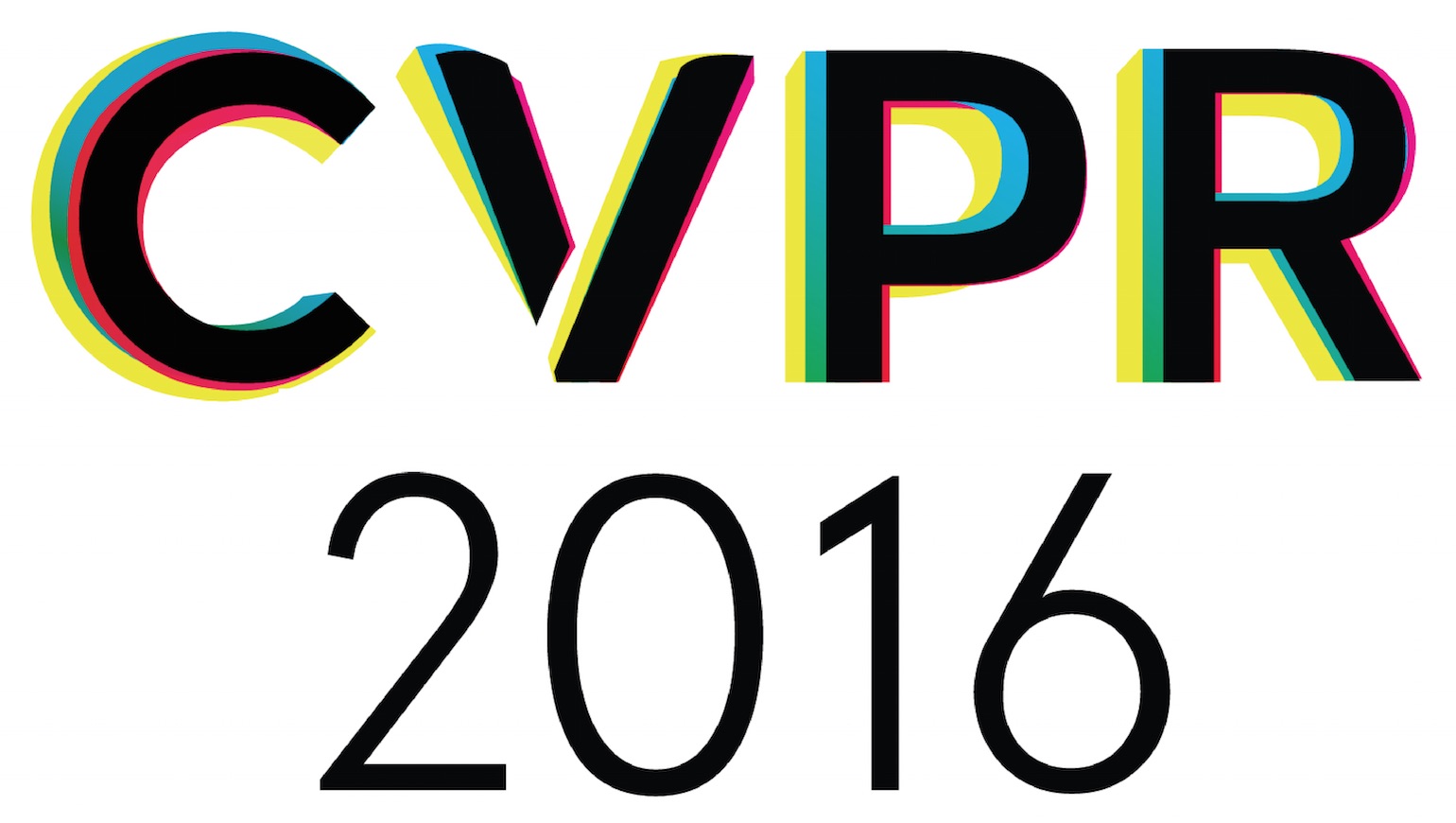-
The Global Patch Collider
AbstractThis paper proposes a novel extremely efficient, fully-parallelizable, task-specific algorithm for the computation of global point-wise correspondences in images and videos. Our algorithm, the Global Patch Collider, is based on detecting unique collisions between image points using a collection of learned tree structures that act as conditional hash functions. In contrast to conventional approaches that rely on pairwise distance computation, our algorithm isolates distinctive pixel pairs that hit the same leaf during traversal through multiple learned tree structures. The split functions stored at the intermediate nodes of the trees are trained to ensure that only visually similar patches or their geometric or photometric transformed versions fall into the same leaf node. The matching process involves passing all pixel positions in the images under analysis through the tree structures. We then compute matches by isolating points that uniquely collide with each other ie. fell in the same empty leaf in multiple trees. Our algorithm is linear in the number of pixels but can be made constant time on a parallel computation architecture as the tree traversal for individual image points is decoupled. We demonstrate the efficacy of our method by using it to perform optical flow matching and stereo matching on some challenging benchmarks. Experimental results show that not only is our method extremely computationally efficient, but it is also able to match or outperform state of the art methods that are much more complex.
Related Material
[pdf][bibtex]@InProceedings{Wang_2016_CVPR,
author = {Wang, Shenlong and Fanello, Sean Ryan and Rhemann, Christoph and Izadi, Shahram and Kohli, Pushmeet},
title = {The Global Patch Collider},
booktitle = {Proceedings of the IEEE Conference on Computer Vision and Pattern Recognition (CVPR)},
month = {June},
year = {2016}
}
These CVPR 2016 papers are the Open Access versions, provided by the Computer Vision Foundation.
Except for the watermark, they are identical to the accepted versions; the final published version of the proceedings is available on IEEE Xplore.
Except for the watermark, they are identical to the accepted versions; the final published version of the proceedings is available on IEEE Xplore.
This material is presented to ensure timely dissemination of scholarly and technical work.
Copyright and all rights therein are retained by authors or by other copyright holders.
All persons copying this information are expected to adhere to the terms and constraints invoked by each author's copyright.

